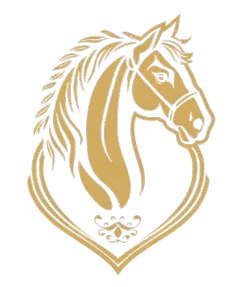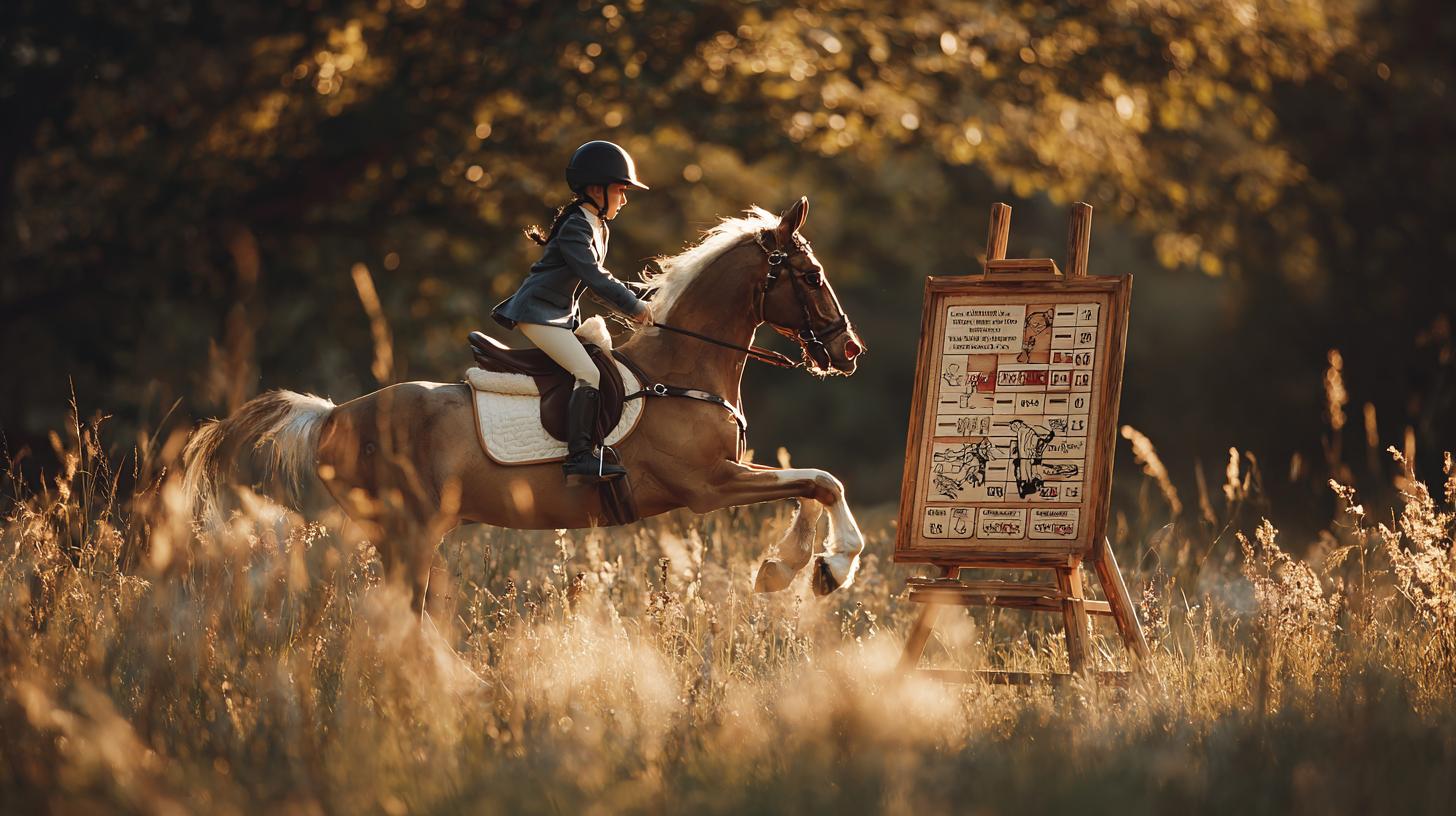Craft the Perfect Hobby Horse Training Plan: Your Step-by-Step Guide
Are you ready to elevate your hobby horse sessions from playful gallops to a structured, goal-driven routine? A well-designed hobby horse training plan transforms casual fun into a rewarding journey of skill-building, creativity, and confidence. Whether you’re coaching a group of enthusiastic kids at a community center or refining your own technique for competitive hobby horsing events, this guide will walk you through every critical step. You’ll discover how to set realistic goals, choose the right drills, track progress, and overcome common obstacles. Say goodbye to aimless practice and hello to purposeful, joyful riding—your ultimate hobby horse training plan awaits!
Why a Structured Hobby Horse Training Plan Matters
Most hobby horsing adventures start with enthusiasm but fizzle out when sessions feel repetitive or lack direction. By creating a formal hobby horse training plan, you ensure each practice has clear objectives and measurable outcomes. This approach not only boosts motivation but also helps riders of all ages build strength, balance, and confidence. Furthermore, planning elevates safety—structured warm-ups and cooldowns reduce the risk of strains. Finally, a documented plan serves as a roadmap: you’ll quickly see what’s working, adapt drills, and celebrate milestones.
Key Components of an Effective Training Schedule
1. Define Clear, Measurable Goals
Begin by outlining short-term and long-term objectives. Do you want to master a perfect canter simulation? Organize a backyard show-jumping course? Or simply improve coordination and fitness? Write goals that follow the SMART framework (Specific, Measurable, Achievable, Relevant, Time-bound). For example, “Increase trotting consistency from 5 to 10 consecutive strides within four weeks.” Clear goals provide focus and a sense of accomplishment when you check them off.
2. Plan Warm-Up and Cool-Down Routines
Every great training session starts with a gentle warm-up. Spend 5–10 minutes on dynamic stretches—leg swings, arm circles, gentle marching in place—to prepare muscles. After your main drills, don’t skip the cooldown: slow-paced marching or stationary stretching fosters flexibility and prevents soreness. Include at least three stretches targeting calves, quads, and shoulders to mimic real equestrian care.
3. Structure Weekly Drills and Exercises
Divide your week into focused sessions. For instance:
- Day 1: Balance & Posture – Practice standing on one leg while “riding,” add gentle side-to-side hops.
- Day 2: Jumping Technique – Set up low hurdles using cones or foam blocks, work on approach and landing.
- Day 3: Speed & Endurance – Incorporate timed “trots” and brief sprints, increasing duration gradually.
- Day 4: Trick Riding – Learn simple spins, gesture routines, or pretend reins-handling to boost control.
- Day 5: Review & Rest – Light practice focused on favorite drills, followed by a day of rest to recover.
4. Track Progress and Adjust
Keep a training journal or digital log. Note dates, drills completed, reps, perceived difficulty, and any soreness. Over time, you’ll spot plateaus or leaps in performance. Adjust your hobby horse training plan by increasing drill intensity, varying obstacles, or adding new challenges. Celebrating small victories—like hitting a new sprint time or mastering a two-legged balance—keeps motivation high.
Overcoming Common Challenges
Inconsistent Practice Habits
Life gets busy, and it’s easy to skip hobby horse workouts. Combat this by scheduling sessions in your calendar, just like any other appointment. Recruit a training buddy—accountability partners help you stay committed. Even 10 minutes of quality practice beats a missed day.
Motivation Slumps and Burnout
Variety is your best friend. Introduce themed sessions—“Jumping Safari” or “Western Rodeo”—to spark creativity. Mix in fun games like relay races or obstacle courses to break monotony. Never underestimate the power of a playful mindset.
Safety and Injury Prevention
Although hobby horsing is low-impact, twisted ankles or pulled muscles can occur. Always start with proper footwear—supportive sneakers or light boots—and check your floor surface for debris. Include balance exercises off the hobby horse to strengthen stabilizing muscles and reduce injury risk.
Real-Life Success Stories
The Community Club Transformation
At Silver Meadow Youth Center, volunteer coach Maria introduced a hobby horse training plan last spring. Within six weeks, kids improved their “trot consistency” by 50%, and two riders even performed at the regional Hobby Horsing Showcase. Parents report increased confidence and teamwork skills among participants.
Solo Journey to Regional Podium
Seventeen-year-old Alex turned his living room into a mini-arena, following a self-designed hobby horse training plan. By tracking sprint times and jump clearances, he ranked second at the Midstate Invitational. Alex credits his structured schedule for turning casual fun into disciplined practice.
Recommended Resources and Next Steps
Ready to dive deeper? Explore these trusted sources:
- International Hobby Horsing Federation – Official rules, competition calendars, and coaching tips.
- YouTube Channel: Hobby Horse Mastery – Video tutorials on drills, warm-ups, and advanced techniques.
- Hobby Horse Hub Forum – Community discussions, gear reviews, and peer support.
Take the Reins and Ride Forward!
Your hobby horse training plan is more than a sequence of drills—it’s a creative adventure that builds skills, community, and confidence. Start small, stay consistent, and let your progress spark new goals. Don’t wait for inspiration to strike; schedule your first structured session today and watch your hobby horse journey gallop to exciting new heights. Ready to share your success? Join our newsletter for insider tips, exclusive training templates, and monthly challenges designed to keep you motivated. Let’s turn every trot into triumph!


No responses yet